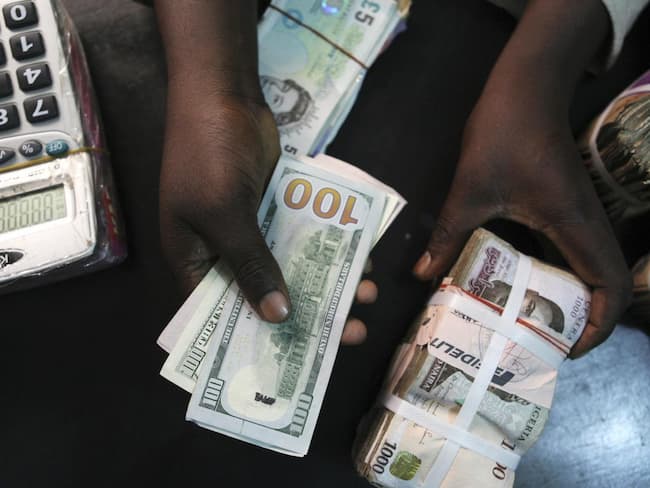The dollar soared on Wednesday, January 18, as investors purchased the greenback after five consecutive days of selling.
The selling streak had put the value of the U.S dollar down against a basket of major currencies at the lowest since Dec. 8.
The rebound followed a volatile Tuesday during which sterling rose more than 3 percent for its best showing against the dollar since at least 1998 GBP=D4. Currency markets Wednesday reversed most of the previous day’s moves.
The dollar index .DXY, which measures it against a basket of six major peers, stood at 100.63, up 0.3 percent, after falling to its lowest since Dec. 8 on Tuesday.
A solid reading on the U.S. consumer price index and industrial output figures that outpaced expectations provided minimal fuel for the greenback, which touched session highs against the yen and euro after the data releases but ultimately retraced those gains.
“It didn’t rock the boat,” said John Doyle, director of markets at Tempus Inc in Washington. “The immediate market impact wasn’t there, but that CPI number…it just adds to the Fed’s story and an argument that the economy is ready to weather interest rates hikes. If that number had fallen then maybe we would’ve questioned the Fed’s argument for further hikes.”
San Francisco Federal Reserve Bank President John Williams said on Tuesday he saw a “good case” for three rate hikes this year even without fiscal stimulus, but if the economy accelerated, the Fed would need to raise rates faster.
Fed Chair Janet Yellen’s speech to the Commonwealth Club in San Francisco at 3 p.m. EST (2000 GMT) could offer further clues about the direction of monetary policy.
The dollar had surged at the end of 2016 on expectations that fiscal stimulus proposed by U.S. President-elect Donald Trump would boost growth and inflation and lead to a faster pace of U.S. interest rate rises, but it has lost more than 2 percent over the past two weeks.
“We went a bit far on dollar weakness yesterday, so it’s natural to have a correction once in a while (but) the downward trend is intact,” said UBS currency strategist Daniel Trum, from Zurich.
“Markets are finally becoming aware of the potential negative effect of Trump’s policies on the U.S. dollar – at the beginning we had lots of positive sentiment… but now we see that the focus is shifting more toward potential trade disputes and potential difficulties in Trump implementing his policies.”













